Beyond the Edge: An inside look
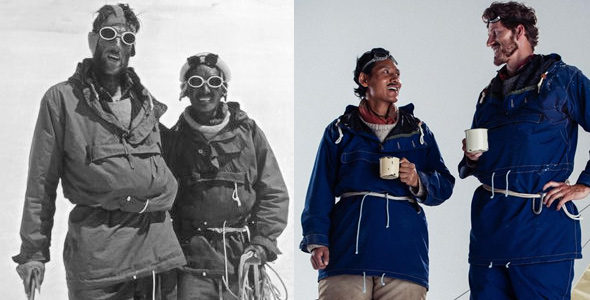
Released last month, Beyond the Edge documents Edmund Hillary and Tenzing Norgay Sherpa’s 1953 ascent of Mount Everest. We caught up with the film’s director, Leanne Pooley and the son of Tenzing Norgay, Norbu Norgay, to learn a little more about the making of the movie and its subject.
Norbu, what role does the mountain itself play in the Sherpa community?
Norbu Norgay: Everest, also known as Chomolungma or Mother Goddess of the World is considered sacred to Sherpas and as such it should be revered – not desecrated like it is being today and has been for some time. Everest and other Himalayan mountains are our backyard. Living on the shoulders of Everest is a tough life as Sherpas were mainly farmers before the advent of climbing.
You’ve said before that climbing Everest isn’t a luxury for Sherpas like it might be for outsiders; does this ever become a burden on the community?
NN: Education is available to all Sherpas and because of it, many have gone on to pursue careers in every field. With the second generation of educated Sherpas, we have become a lot more worldly. However, there are always those because of circumstance who earn a living climbing and haul goods up and down the mountain, hoping one day they will not have to anymore. The burden on the families and the community (as you’ve seen recently) is exponentially magnified when the sole breadwinner is no longer around and the family is exposed to trauma and financial ruin because of a system in which the ones who have the most to risk are at the bottom of the food chain. Everest has become easier for climbers but much, much riskier for Sherpas. It’s a cash cow for the government and the tour operators (in Nepal and overseas) who have little desire to change the status quo. Of course there are plenty of well-meaning folks but whether they actually do anything is another story.
How do the daily risks take their toll on the community?
NN: Uncertainty about whether they will ever see their loved ones again plays out in Sherpa families each day someone is on the mountain. “What if?” is the biggest question. That said, Sherpas are resilient – families are close and the community is always there for support.
How did your father deal with the fame after the summit?
NN: No two better people could have been on Everest first than my father and Sir Ed, and no one better could have represented the spirit of Everest and adventure better than the two of them. Theirs is a story that will always be etched in our collective memories and live fondly in our history forever, theirs is a story of mankind’s true spirit of adventure, humility and teamwork. My father was the most humble man you could ever meet. The ascent of Everest never went to his head. I’m glad he’s not alive to see the charade on Everest today.
This movie goes some way to emphasise the idea that this achievement was very much a team effort; how much is this part of the Sherpa psyche?
NN: Hospitality, friendship, laughter and strong community are very much part of the Sherpa DNA. Teamwork comes naturally but being human we also have a differences. We agree to disagree and move on.
What’s your relationship with Peter Hillary?
NN: Peter is terrific and I am very fortunate that our families are close and we see each other as much as possible. I was honored to speak at his father’s funeral a few years ago. He is keeping up the good work of his father and in his own right is one of the great adventurers of our time.
 Leanne, what was it about this story that inspired you to recreate it?
Leanne, what was it about this story that inspired you to recreate it?
Leanne Pooley: I was approached to write and direct this film by producer Matthew Metcalfe. It is the 60th anniversary of the first summit of Everest so it seemed the perfect time to tell the story. Like many people I knew Sir Ed “knocked the bastard off”, but I didn’t have any idea how he did it. The more I read, the more excited I became about the project, and it took very little to persuade me to come on board. This is a great old-fashioned adventure story, and of course in New Zealand it is the story. I feel incredibly honored to have been given the opportunity to tell it.
What was the most challenging part of the filming process?
LP: There were two separate components to the filming process. It isn’t practical to take actors, costumes and so on up Everest, so when we were using actors to reconstruct the drama we shot in the Mount Cook region of the Southern Alps of New Zealand. Then, because this is a movie about Mount Everest, we needed to film on the mountain itself. I had a crew summit Everest, filming the whole way. Both shoots were exciting and challenging.
When shooting in the mountains of Mount Cook we were often higher than 3000 meters up. Isolation, weather, safety: there were a number of significant issues to deal with in that environment. Simply getting the crew to location everyday took hours and many chopper runs (there was no road access). It was a dangerous place to work as we were shooting on sheer cliffs, in crevasses and seracs. This meant the crew had to be harnessed to safety lines so getting tangled with other crew members was a constant occurrence. Moving actors into position and getting the camera to the best spot to cover the action always meant a logistical challenge, as simply moving around was difficult. We couldn’t leave gear on location as we never knew what the weather would do and whether or not we’d be able to get back on the mountain the following day, so we had to set up each morning and pack up every evening. At dawn each day we would make a call on what could or couldn’t be achieved. This meant the shoot days were unpredictable and condensed.
The second shoot on Mount Everest was challenging for all the reasons you’d imagine. Everest is probably the most extreme environment on the planet. Our camera would freeze up, altitude makes concentration difficult, and there are many other climbers to shoot around. And of course you just might die up there. I think what my mountain cameraman, Mark Whetu, achieved up there was truly astounding.
How did you approach the reconstruction element of the movie?
LP: I wanted the reconstructions to mix as seamlessly as possible with the archive material so we paid very close attention to the details. I had a wonderful team – Grant Major, who is an Academy Award-winning production designer, and Barbara Darragh, my costume designer, did an incredible job. They made sure everything we shot matched the archive exactly. It also helped that Chad Moffit really did look and move like Sir Edmund. This meant I could intercut between the old and new material freely, I wanted the audience to go on the journey and not be thinking about the material.
The movie seemed to be driven by the spoken accounts, how did this shape your approach?
LP: I felt the film should be as “first hand” as possible. My researcher, Keiran McGee tracked down hundreds of interviews with the men who were actually there. She found some truly amazing material – interviews I don’t believe have been heard before. This allowed me to let the expedition members tell their own story to a large extent and I hope that gives the audience an honest perspective on what happened.
How did you go about recreating the atmosphere of fear and excitement?
LP: There were a few things that helped us create the tension. The environment itself is intimidating, especially in 3D, so I tried to exploit that as much as I could. And of course there’s the music. David Long’s score really helps to drive the action. Finally my editor, Tim Woodhouse, is a master of structure and I think, given that most of the audience knows how it ends, he did well to tease them. Peter Hillary (Sir Ed’s son) actually said to me after his first viewing: “For a minute I was worried they weren’t going to make it!”
What advice would you give to an aspiring director?
LP: I worry about giving advice as the process is different with every project and in many ways making a film is very personal. For me, the most important thing is to remind myself constantly that it’s the story that matters and everything you do should be enhancing the narrative. Sometimes people think this doesn’t matter in documentary – of course it does.
Are you working on a new project?
Yes, I’ve just started a new film, again with Matthew Metcalfe producing. This one is an “animated documentary” about Gallipoli (a WW1 campaign where many New Zealanders died). It’s very exciting as, like on Beyond the Edge where I had to get my head around 3D, this time I’m learning all about animation.
Andriana Hambi
Beyond the Edge was released on 23rd May 2014. Read our review here.
Watch a video about the making of Beyond the Edge here:

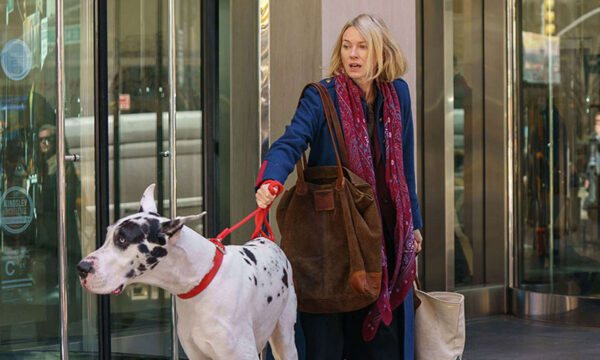
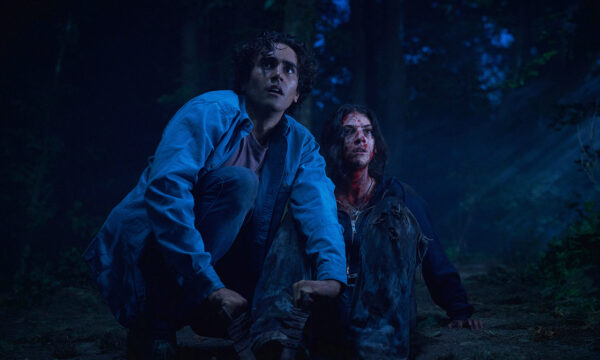
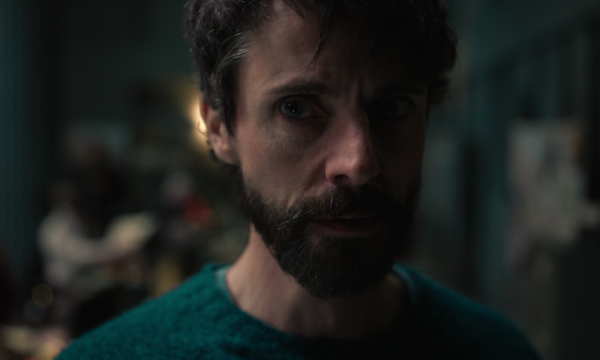
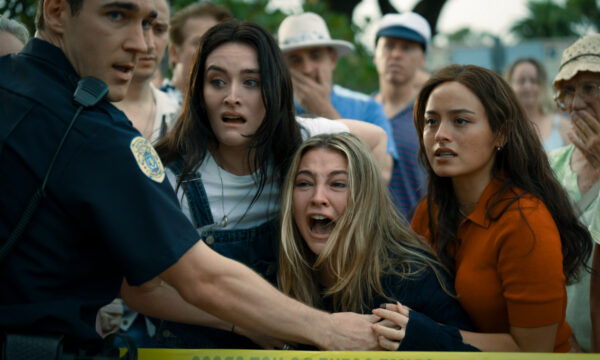
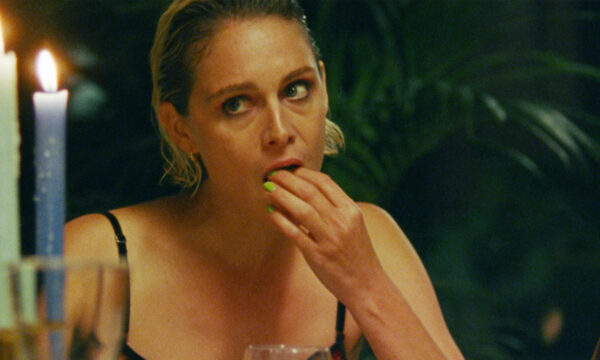
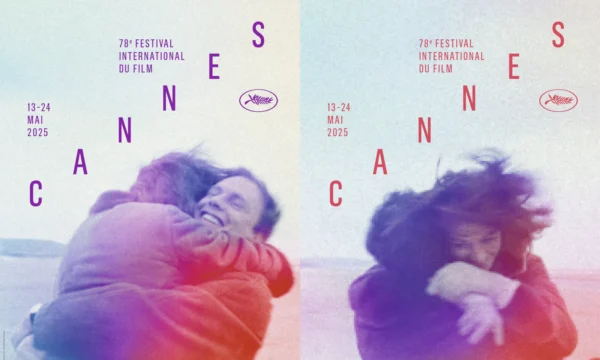
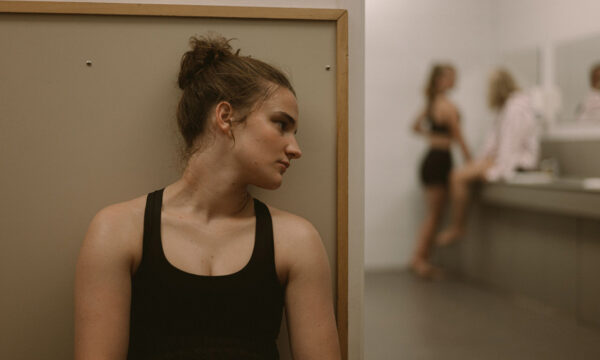
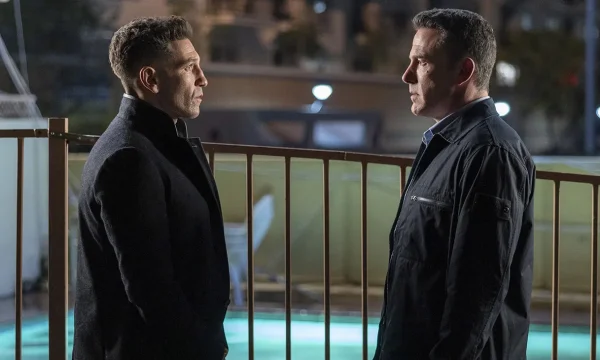
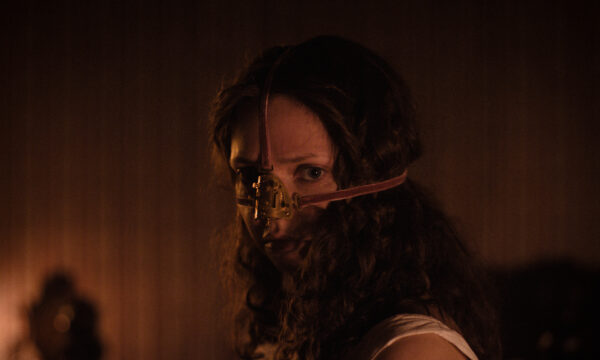








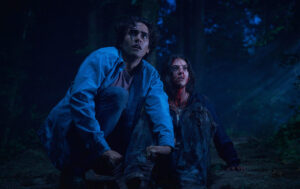




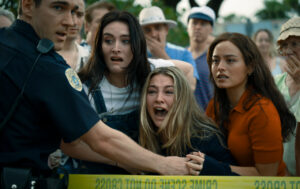
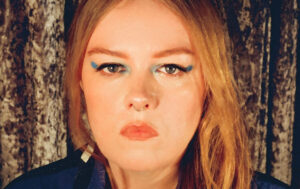
Facebook
Twitter
Instagram
YouTube
RSS